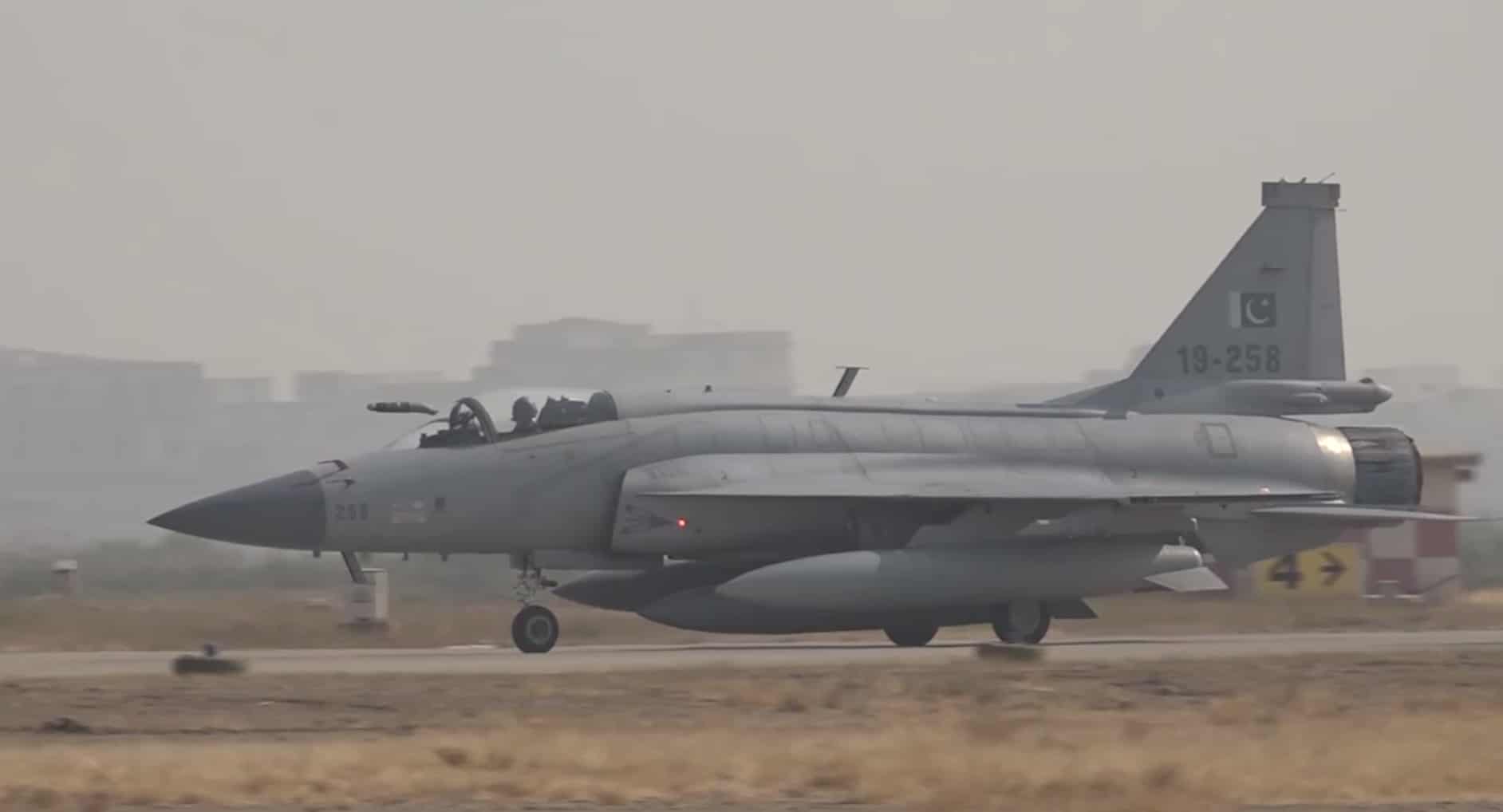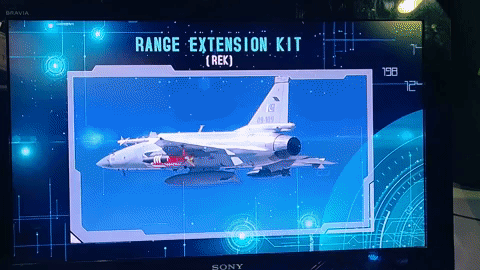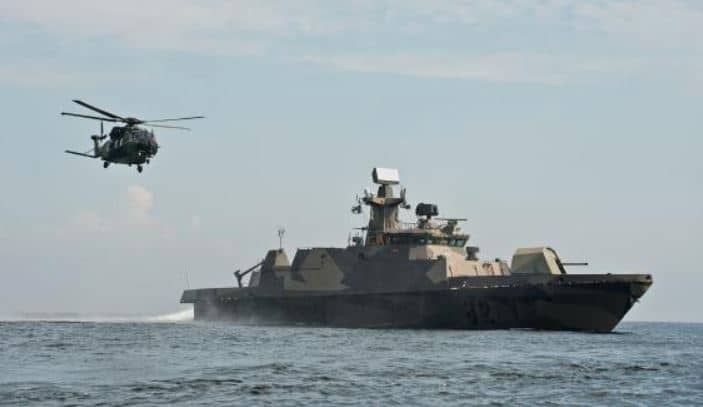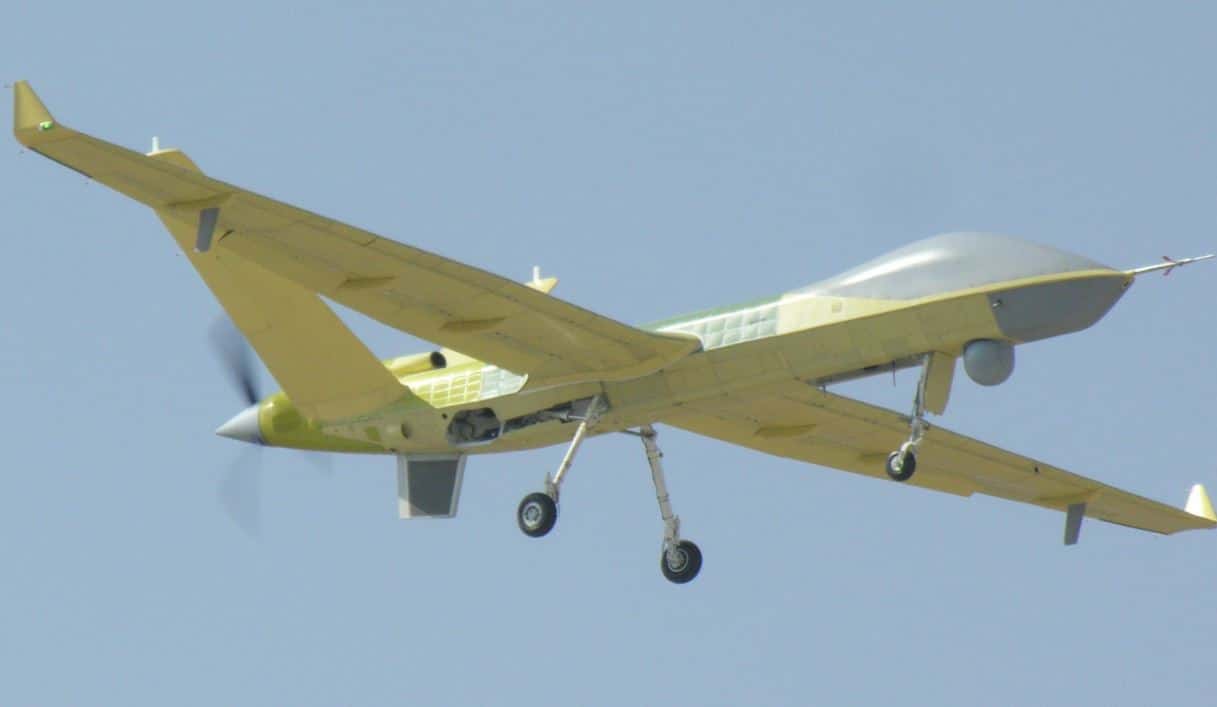2161Views 0Comments

Pakistan Conducts ‘Command Level Operation’ Exercise
On 29 November 2019, the Pakistan Air Force (PAF) announced that it held a ‘command level operation’ exercise – designated ‘Hawk-Eye’ – involving all three of its Regional Commands.
According to the PAF, Hawk-Eye involved the use of all of its aircraft types, including combat aircraft and force-multipliers, the latter likely being the fleet’s airborne early warning and control (AEW&C) aircraft as well as air-to-air refueling (AAR) tankers and/or electronic attack (EW) assets.
The PAF also used its special operations forces (SOF) element, i.e., the Special Service Wing (SSW). Publicly released footage shows SSW operatives parachuting from a PAF’s transport aircraft (i.e., C-130 or C235).
Based on the PAF’s press statement, it appears that Hawk-Eye has two overarching objectives: The first is practicing a “short notice offensive employment concept” with many different assets. Second, to ensure that the PAF’s offensive planning and execution works when implemented.
In light of the PAF’s messaging and media, it is worth noting that the PAF not only considers its Mirages and F-16s as ‘offensive’ assets, but its JF-17s. The main air-to-surface weapons of the JF-17 are the Range Extension Kit (REK) and C-802 anti-ship cruising missile (ASCM), among others.

The REK is a gliding precision-guided bomb (PGB) kit for Mk 80-series general purpose bombs. Depending on the release-altitude, the REK can provide Mk 81, Mk 82 and possibly Mk 83 GPBs up to 100 km in range. Pakistan Aeronautical Complex (PAC) qualified the REK for use from the JF-17 in March 2017, and in March 2019 the PAF test-fired a new PGB from the JF-17 (which may be the ‘Indigenous REK’ or IREK).
Moreover, the JF-17s shown in the media release were Block-2s equipped with air-to-air refueling (AAR) probes. Pakistan Aeronautical Complex (PAC) started adding AAR probes from the 24th or 26th Block-2s (i.e., from the middle of the Block-2’s production run). Using AAR-equipped JF-17s is not surprising as they are capable of adding range through in-flight refueling (IFR) – these would be key assets.
However, it is interesting to note that of the Block-2s shown, one of them was 19-258, i.e., a production model from 2019 and from the batch of 12 Block-2s (i.e., the eighth unit or aircraft no. 58) the PAF ordered to keep PAC’s production line warm until the production of the Block-3.
Thus, not only will the PAF have (or already have) 34-36 IFR-capable JF-17s, but it appears that the AAR probe will be a standard feature for future JF-17s moving forward.
For More Information on the Pakistan Air Force, Check Out:



